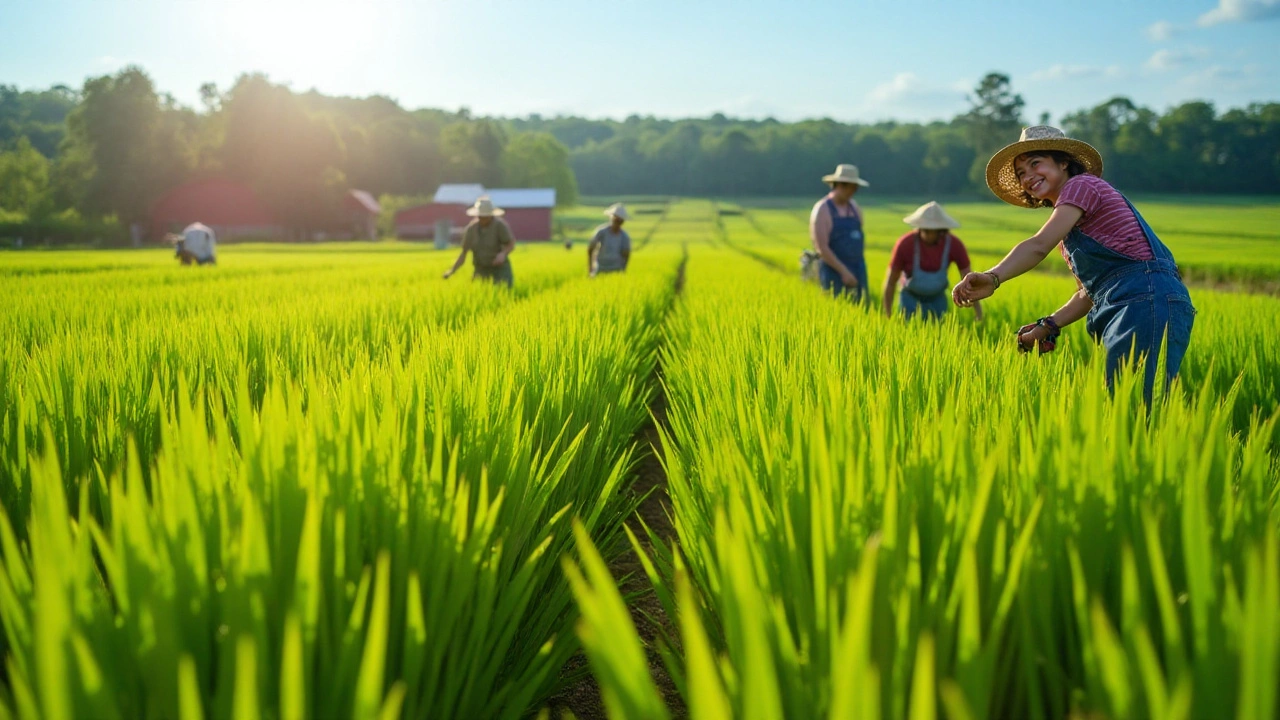vegetarian population by country – Global stats and insights
When looking at vegetarian population by country, the share of people who identify as vegetarian in each nation, expressed as a percentage of the total population. Also known as vegetarian share by nation, it helps compare dietary habits across borders.
Understanding Vegetarianism, a dietary practice that excludes meat, fish, and sometimes other animal products. Also called plant‑based diet, it varies from strict veganism to lacto‑ovo approaches, and each form shapes the numbers we see in different regions.
Accurate Dietary demographics, statistical data about eating patterns across different population groups are the backbone of these percentages. National surveys, academic studies, and market research firms all feed into a living database that updates as societies shift.
But numbers don’t exist in a vacuum. Cultural factors, traditions, religions, and social norms that shape food choices explain why some countries report 70% vegetarian share while others stay under 5%.
Why the numbers matter
First, vegetarian population by country reveals health trends. Nations with higher vegetarian shares often report lower rates of heart disease and obesity, prompting policymakers to promote plant‑centric meals in public institutions.
Second, the data informs sustainability goals. Cutting meat consumption reduces greenhouse‑gas emissions, saves water, and eases pressure on land use. When a country’s vegetarian share climbs, its carbon footprint per capita typically drops.
Third, marketers and food producers watch these stats closely. A rising vegetarian share signals demand for meat alternatives, fortified plant proteins, and dairy‑free products, shaping investment decisions across the food supply chain.
Fourth, the figures help NGOs target nutrition education. In regions where vegetarianism is tied to religious practice, campaigns can focus on balanced nutrient intake, such as iron and B12, to avoid deficiencies.
Finally, researchers use the data to explore social change. Shifts in vegetarian share often correlate with urbanization, income growth, and exposure to global cuisine, offering a lens into how societies evolve.
Behind every percentage lies a story of tradition, policy, and personal choice. The United Kingdom, for example, records a steady rise in vegetarianism driven by animal‑welfare campaigns and high‑profile celebrity endorsements. Meanwhile, India’s vegetarian share remains high due to long‑standing cultural and religious practices, yet urban millennials are experimenting with flexitarian diets that blend plant and occasional animal proteins.
When you dive into the list of articles below, you’ll find practical guides on gardening, sustainable farming, and food‑related manufacturing that all intersect with the broader theme of plant‑based living. From container‑garden watering tips that help grow fresh greens at home, to analyses of plastic demand that affect packaging for plant‑based products, the collection offers a well‑rounded view of how a growing vegetarian population reshapes agriculture, industry, and daily life.
In the sections that follow, you’ll discover actionable insights, data‑driven comparisons, and real‑world examples that illustrate the impact of a rising vegetarian share worldwide. Let’s explore how these numbers translate into concrete changes across farms, factories, and kitchens.
Is Any Country 100% Vegetarian? Facts, Stats, and the Real Answer
Looking for a country that’s 100% vegetarian? Here’s the straight answer, the closest contenders with real stats, and smart tips for vegetarian travel in 2025.
- manufacturing
- India
- food processing
- garden tips
- rice cultivation
- government schemes
- balcony garden
- urban gardening
- balcony gardening
- profitable business
- business ideas
- plastic manufacturing
- drip irrigation
- plant care
- steel manufacturing
- sustainable gardening
- startup ideas
- steel industry
- flower gardening
- textile manufacturers






